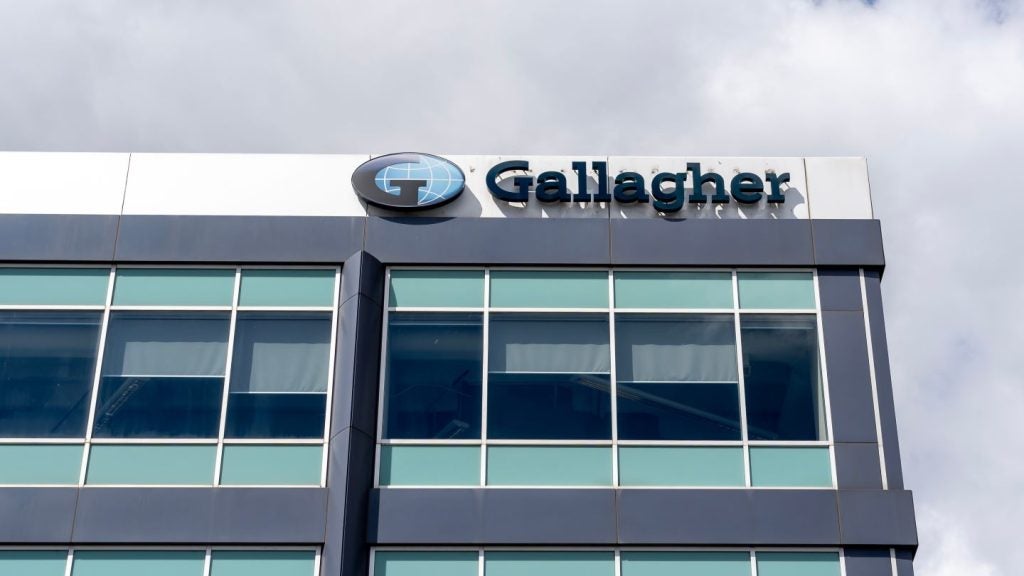Quantitative easing, the Bank of
England’s (BoE) response to the UK’s flagging economy, has done
severe damage to the country’s defined benefit (DB) pension funds.
This was the conclusion of Pensions Corporation, a specialist DB
fund risk transfer insurer.
The BoE’s first round of
quantitative easing (QE1) began in early-2009 and involved the
central bank injecting £200bn ($310bn) into the economy through its
purchase of government bonds (gilts).
With its purchases, the BoE also
forced the yields on gilts to fall sharply which in turn had a
negative impact on DB pension funds’ liabilities.
The yield on the 30-year gilt fell
from 4.5% in 2009 to 3% at the end of 2011. Over the same period,
the yield on 10-year gilts fell from about 4% to just under 2%.
In its third quarter 2011 bulletin
the BoE estimated that QE1 was responsible for about one percentage
point in the fall in gilt yields.
Pension Corporation estimated that
based on the one percentage point impact, QE1 resulted in DB funds’
total net liabilities increasing by £74bn.
As a result, Pension Corporation
estimated that fund sponsors could be forced to pay an additional
£7.4bn a year until at least 2020 into their pension fund. Pension
Corporation noted that total DB fund liabilities are currently
about £1trn.
The impact of the second round of
Quantitative easing (QE2), under which the BoE is buying a further
£75bn in gilts, could result in up to a further £200bn negative
impact to DB funds’ liabilities, Pension Corporation estimated. QE2
was launched by the BoE in October 2011 and is due for completion
in early-2012.
Pension Corporation faulted the BoE
in particular for its focus under QE2 on buying long-dated gilts
with over 25 years to maturity. The insurer noted that over 25-year
liabilities typically represent about 30% of the value of a DB
pension fund’s liabilities but account for about 58% of its overall
interest rate sensitivity.
On the potential impact of QE2 on
DB fund liabilities, Pension Corporation estimated that a one
percentage point decline in gilt yields increased the over 25-year
liabilities by almost £110bn. For 10 to 25-year liabilities the
increase is £67bn and for liabilities up to 10 years the increases
is £13bn.
“The Chancellor’s [of the
exchequer] number one metric for measuring international confidence
in the UK’s economic policy is the yield available on gilts, which
is now lower than that for German bonds,” said Mark Gull, Pension
Corporation’s co-head of asset-liability management.
“By this measure, and this measure
alone, he is succeeding in keeping the UK out of intensive care.
What is less well understood, however, is that by targeting gilts
with maturities over 25 years, where the government is by far the
main beneficiary, QE is damaging pension funds.”
Pension Corporation points out that the government has issued
conventional gilts worth £437bn since 2009. Corporates have issued
bonds worth £283bn over the same period.







